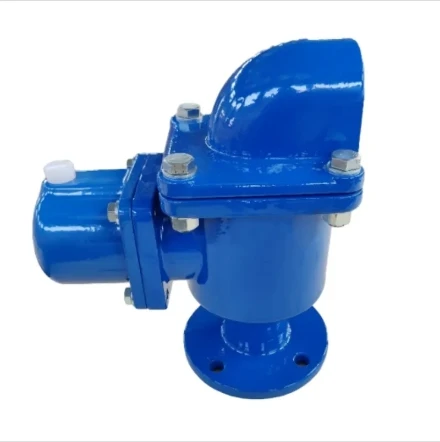high vacuum butterfly valve
High Vacuum Butterfly Valve An Essential Component for Modern Industrial Applications
High vacuum butterfly valves are critical components in various industrial applications where maintaining a vacuum environment is essential. These valves are designed to control the flow of gases and liquids in high vacuum systems, ensuring that processes remain efficient and contamination-free. This article will explore the principles behind high vacuum butterfly valves, their construction, advantages, and the wide range of applications they serve.
Understanding High Vacuum Butterfly Valves
A butterfly valve is a type of quarter-turn valve that uses a rotating disc to regulate flow. High vacuum butterfly valves are specifically engineered to operate under low-pressure conditions, typically below 10^-3 Torr. The design allows for minimal space consumption and weight, making them suitable for compact installations.
The basic components of a high vacuum butterfly valve include the body, disc, stem, actuator, and sealing mechanism. The valve body is typically made of robust materials like stainless steel or aluminum, which provide excellent corrosion resistance and strength. The disc is attached to a shaft that’s centrally located within the valve body, allowing it to pivot. Actuators, whether manual or automated, drive the disc’s rotation, facilitating the opening or closing of the valve.
Key Advantages
One of the main advantages of high vacuum butterfly valves is their low-pressure drop during operation. This characteristic is crucial in vacuum systems where maintaining a stable pressure and flow is necessary. The design minimizes turbulence and energy loss, which allows for more efficient system performance.
Another significant benefit is the swift operation of these valves. The quarter-turn mechanism enables quick opening and closing, reducing the time required to manage system pressure and flow. This efficiency is particularly advantageous in systems where rapid response is essential.
high vacuum butterfly valve

Moreover, high vacuum butterfly valves feature a simple construction, which leads to easier maintenance compared to other valve types. Fewer components mean less likelihood of failure, and repairs or replacements can often be performed without extensive downtime.
Applications
High vacuum butterfly valves are utilized in a multitude of applications across various industries. One prominent sector is semiconductor manufacturing, where vacuum systems are necessary to produce chips and other electronic components. The purity of the vacuum environment is paramount in these processes, making high-quality valves essential.
Another application is in chemical processing, where high vacuum environments are required to handle volatile substances without contamination. The pharmaceutical industry also employs these valves for similar reasons, ensuring that drugs are produced in clean, controlled conditions.
In the field of research and development, especially in laboratories that engage in vacuum distillation or freeze-drying, high vacuum butterfly valves play a pivotal role. They help maintain the necessary conditions for experiments, ensuring the integrity of samples and reagents used.
Conclusion
High vacuum butterfly valves are indispensable in modern industrial applications. Their ability to efficiently control flow in low-pressure environments makes them ideal for a range of sectors, from semiconductor manufacturing to pharmaceutical production. With their low-pressure drop, quick operation, and straightforward design, these valves significantly enhance the performance and reliability of vacuum systems. As industries continue to evolve and seek greater efficiency and purity in their processes, the demand for high vacuum butterfly valves will undoubtedly grow. Whether you are operating a high-tech production facility or conducting advanced research, investing in quality high vacuum butterfly valves is essential for achieving optimal results.
-
The Smarter Choice for Pedestrian AreasNewsJun.30,2025
-
The Gold Standard in Round Drain CoversNewsJun.30,2025
-
The Gold Standard in Manhole Cover SystemsNewsJun.30,2025
-
Superior Drainage Solutions with Premium Gully GratesNewsJun.30,2025
-
Superior Drainage Solutions for Global InfrastructureNewsJun.30,2025
-
Square Manhole Solutions for Modern InfrastructureNewsJun.30,2025
-
Premium Manhole Covers for Modern InfrastructureNewsJun.30,2025
